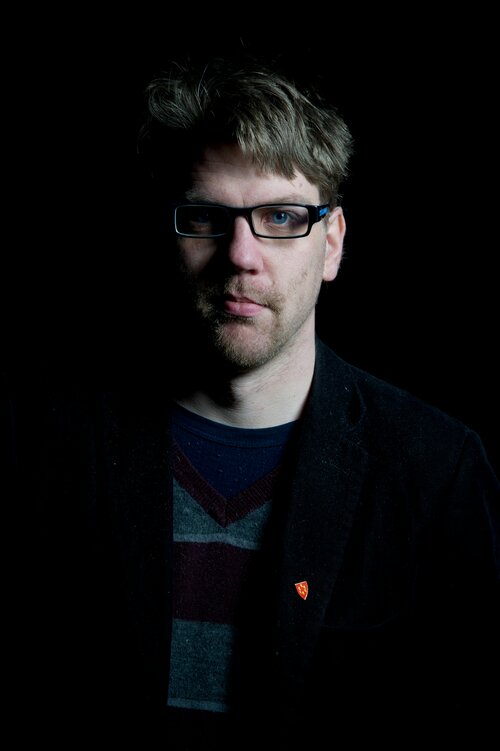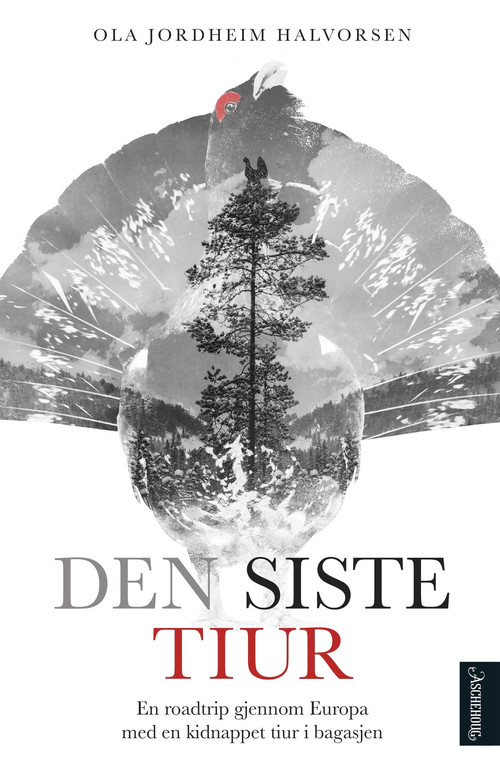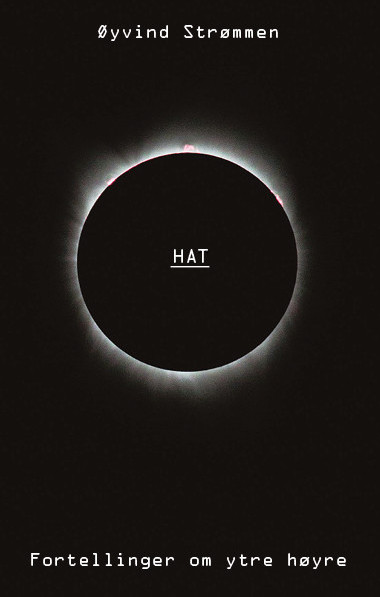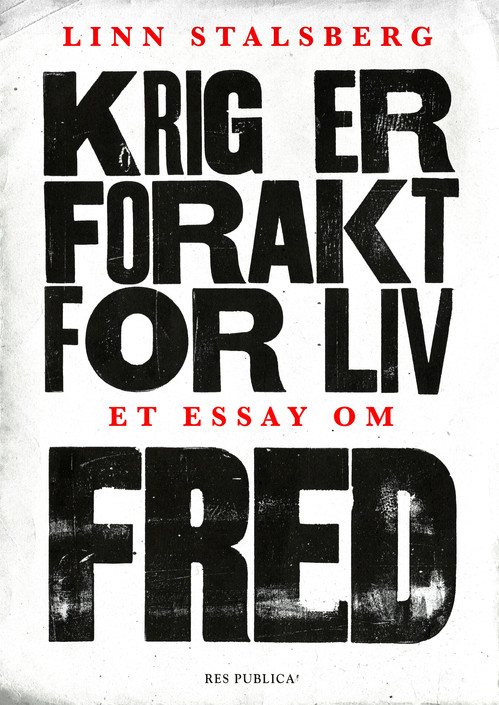In this book Øyvind Strømmen looks at the modern hatred towards Muslims. With elements of reportage, and with an international approach, Strømmen asks where this hatred came from and why it came about.
We are introduced to "Jørgen", who was involved in online debates and met Breivik after a political event in Oslo in December 2009. "Jørgen" says that he – looking back – feels that both his thoughts and the thoughts of others were characterized by a kind of gloomy darkness at that time in 2009. This negative message and hatred was regurgitated again and again, and repeated on different web sites. He now thinks it necessary to look at recent history to understand how this hate was able to blossom, and to explain the tragedy of the terror attacks on Oslo and Utøya on the 22nd July 2011.
With this as the foundation, the book takes us on several journeys. One of them goes to Luton, described by extreme right-wing websites as a kind of hell on Earth. Another goes to Bosnia, where the hatred towards Muslims resulted in the massacre in Srebrenica. This is also highlighted through the story of a suicide at Notre Dame and a story of a young man who ran amok in the streets of Antwerp.
The book also looks at the evolution of the so-called anti-jihad blogosphere, and discusses the English Defence League and how the so-called Eurabia way of thinking has spread.
One of the best-informed Norwegian journalists when it comes to fascism and Muslim hatred in Europe. … In the Wake of Hatred is characterised by Øyvind Strømmen’s great narrative and unique perspective.
The Norwegian public changed after the events of 22nd July, and one of the reasons for this is a man called Øyvind Strømmen. His main point is that solo terrorist Breivik was not a lone wolf – he was part of a pack.






